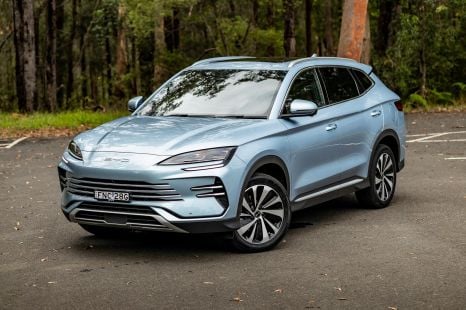

Josh Nevett
CarExpert's top five mid-size SUV reviews of 2025
20 Hours Ago
The MG Pilot safety system brings a suite of German-powered active safety systems as standard kit across the entire HS range... but is it any good?
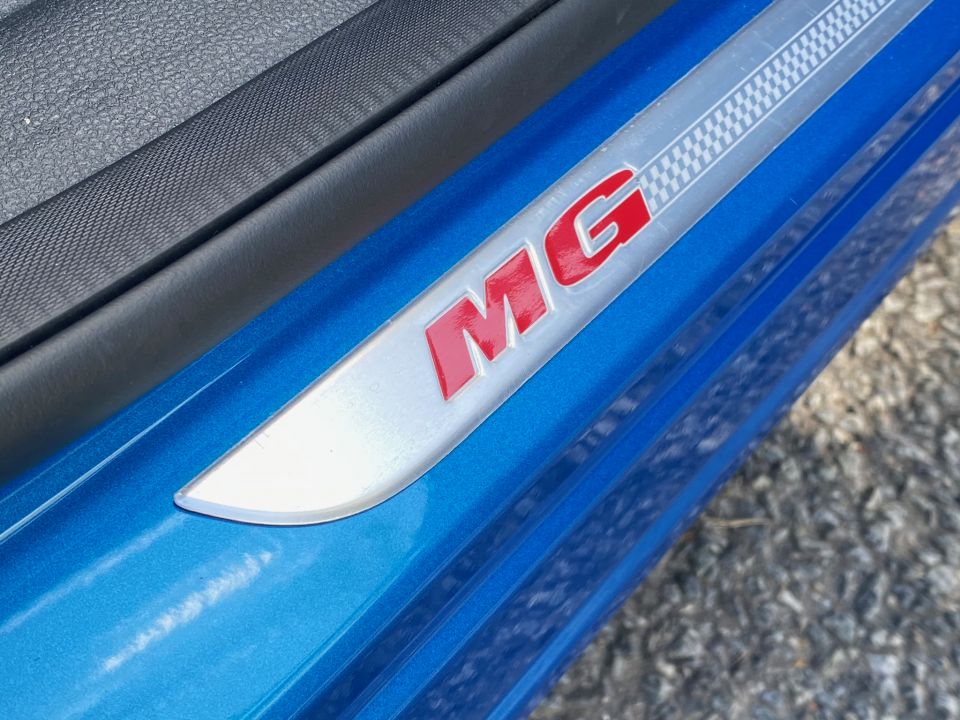
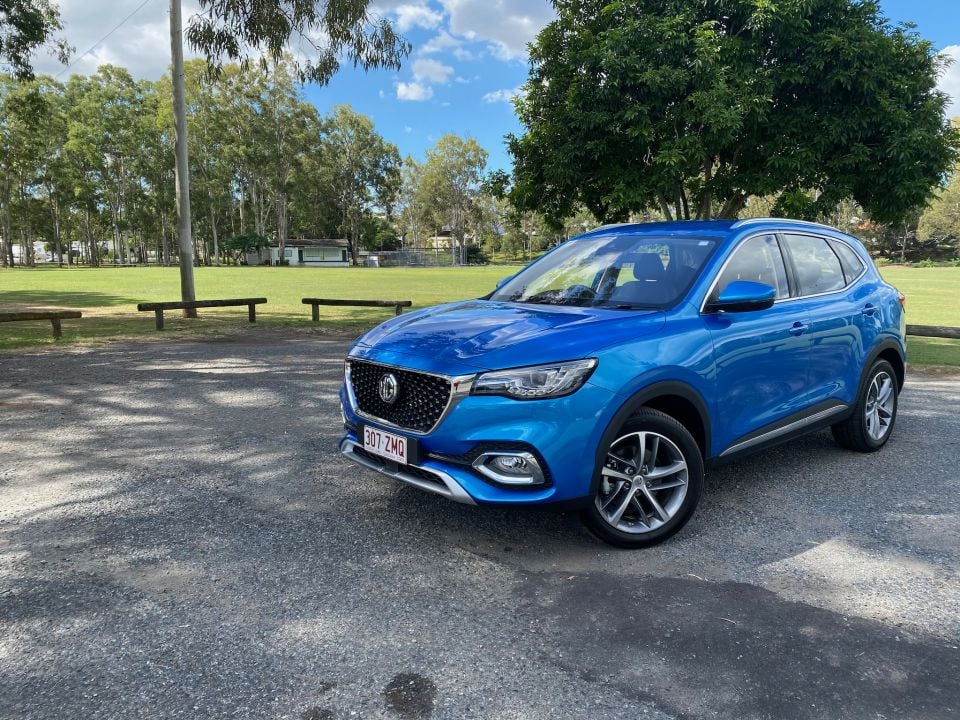

Publisher
New from
$29,990
excl. on-roads

Publisher
New from
$29,990
excl. on-roads


Publisher
New from
$29,990
excl. on-roads

Publisher
New from
$29,990
excl. on-roads
Quickly see how this car stacks up against its competition. Select any benchmark to see more details.
Where expert car reviews meet expert car buying – CarExpert gives you trusted advice, personalised service and real savings on your next new car.
There’s a saying in the automotive world: What the Japanese managed to do in 30 years of playing catch-up to the Europeans, the Koreans did in 15, and the Chinese will do in even less time.
That concept is no more evident than in the latest technology coming out of MG. The once-British brand is now wholly Chinese – and frankly, it’s better for it.
Gone are the days of British charm and engineering, but the brand’s new Chinese owners have no qualms about taking inspiration from the best technology in its rivals – regardless of nationality – and developing an equivalent.

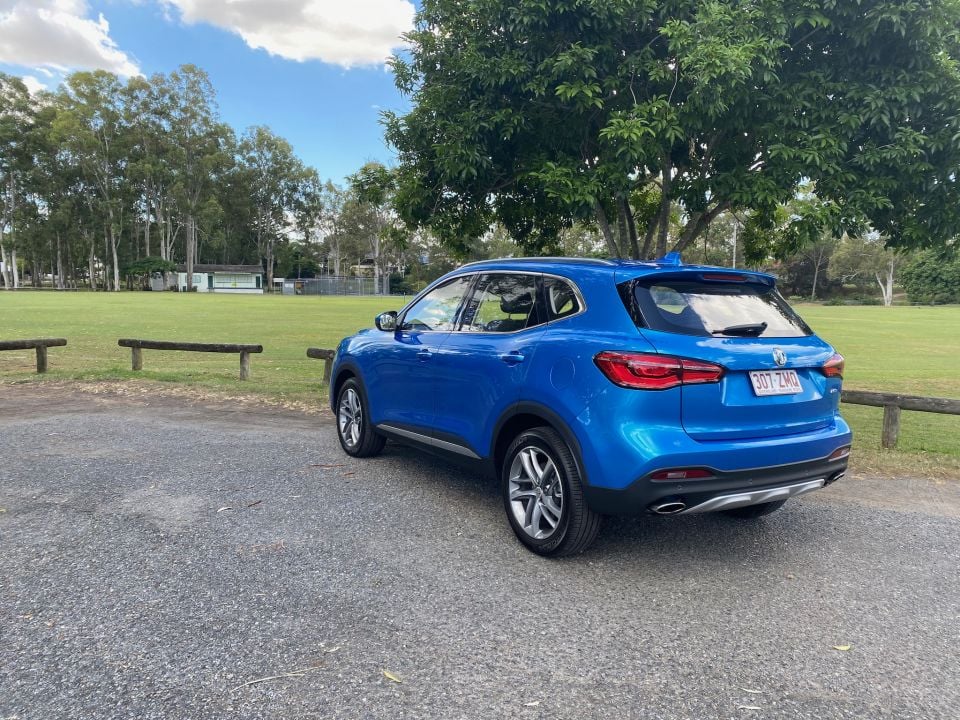
When you start with a clean sheet of paper, there are no legacy issues.
That constitutes what the company calls MG Pilot, basically the umbrella name for its semi-autonomous driving and active safety systems, in a similar vein to Toyota Safety Sense or Hyundai SmartSense.
It’s standard across the entire Mazda CX-5-rivalling MG HS range. On a well-specified medium SUV priced from $30,990 drive-away, there’s a range of features that no more than five years ago was largely reserved for expensive European cars.
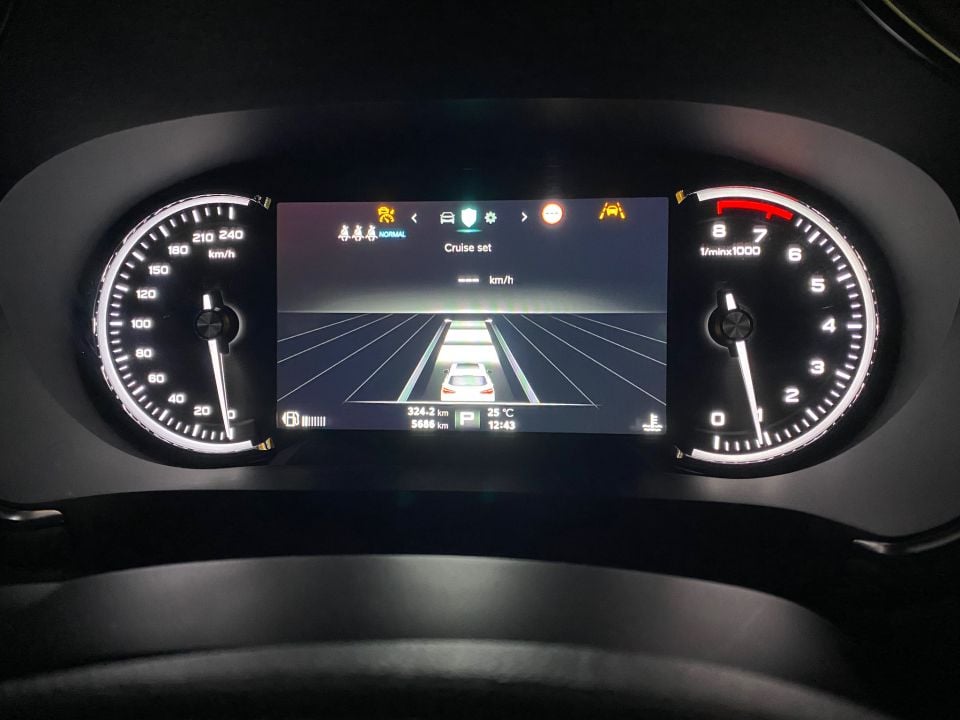
It’s technology Korean carmakers brought to the market at a price point that was unmatched, and now China is following suit.
Nonetheless, having the features on paper doesn’t necessarily mean it works as seamlessly as those in Japanese, Korean, and European rivals.
Before we dive too deep and see how it works, it’s best to see what you get. The MG Pilot safety system includes:
Those are the main features, but of course like nearly all modern cars the MG HS also comes with electronic stability control, traction control, a hill holder, and ABS.
All those systems make use of two primary pieces of hardware from Bosch, which supplies a number of other carmakers.
Unlike Boeing, which left its 737 Max with a single sensor for one of its crucial safety features (which contributed to two preventable crashes), MG has two pieces of hardware to correlate its data.
Firstly, there is a Bosch mono front-view camera fitted to the windscreen with a 50 degree field of vision and second, a millimetre electromagnetic radar fitted to the bottom of the front bumper.
That has a significantly larger 90 degree field of vision with a 150m range.
It also comes embedded with object relative distance and velocity detection. The latter uses the Doppler algorithm which, if you love your technical jargon, is named after Austrian physicist Christian Doppler, who tried to make sense of measuring data from a moving source as early as 1842.
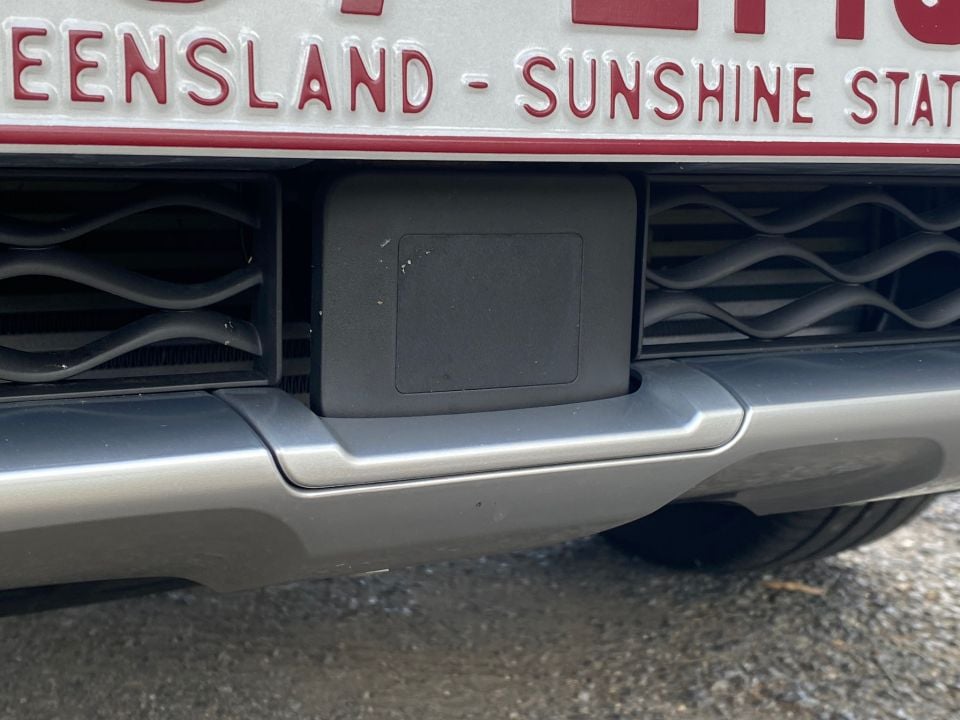
The use of Bosch hardware puts the MG on similar playing field to most European manufacturers in terms of processing power.
As Apple has shown over decades in the mobile and personal computing world, it’s worth remembering hardware is only as good as the software driving it.
You can actually go out and buy both these parts from Bosch, but trying to make them work from a moving car will require some serious software collaboration and testing – which is where the MG lags behind its rivals.
The whole point of these active safety systems is to not only reduce the chance of an accident but to also reduce the level of stress a driver has to endure when in traffic.
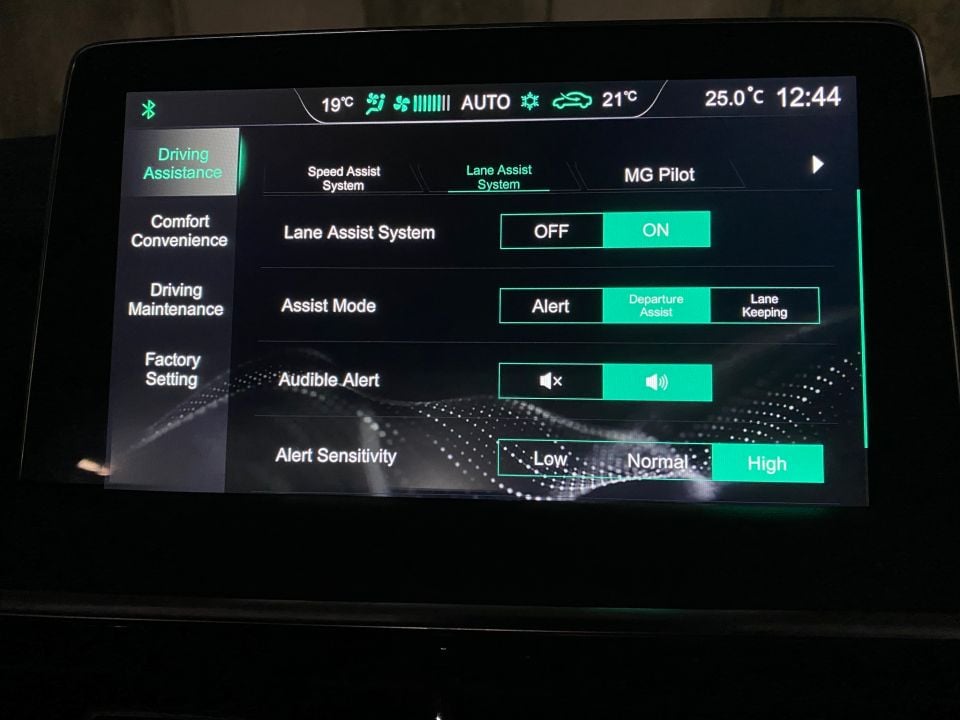
By seamlessly assisting with steering, braking, and throttle inputs, these active safety systems are designed to keep the car well within its lane and at a safe distance from other objects nearby.
To test MG Pilot we picked a HS up in Brisbane for a week and did over 350 km of testing, almost predominantly making use of the active safety systems.
There are plenty of settings to play around with in the MG. However, there are two primary modes for the lane-keeping assist system which for us, is the heart of the system’s usability.
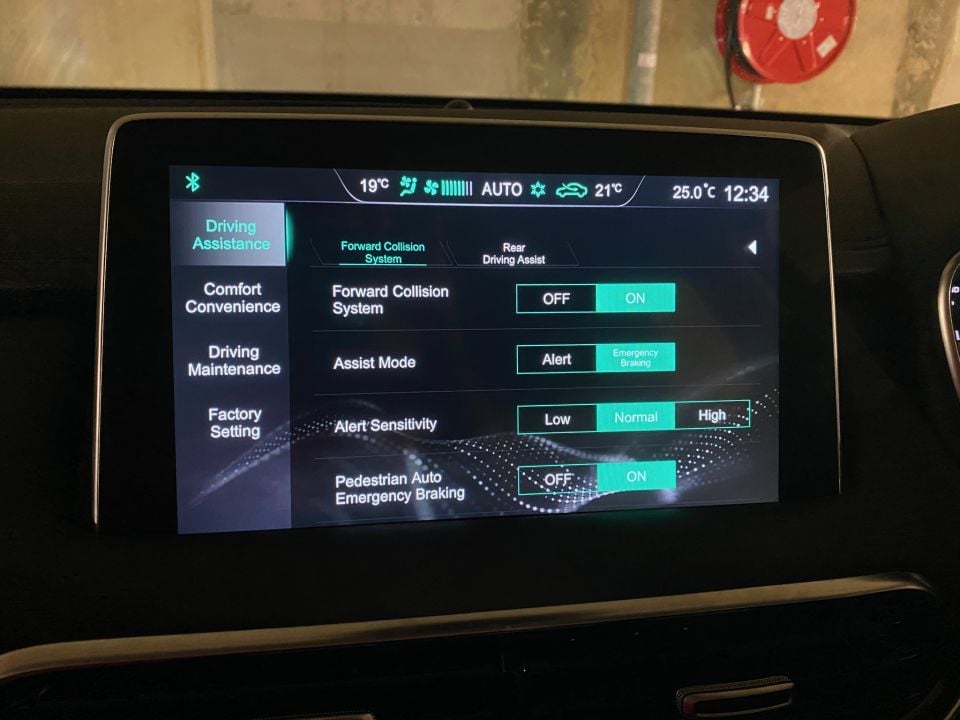
Those two settings are Departure Assist and Lane Keeping. There’s also an alert mode, but it doesn’t offer intervention and is therefore a tad useless. From here you can set the sensitivity and also audible alert of each of those settings.
We started the review and test drive with the Departure Assist system turned on and immediately found it incredibly intrusive.
The system, even in the lowest sensitivity, is aggressive in forcing the vehicle back into its lane and often times does so at too sharp of a steering angle, creating a strange effect of pin-balling from one side of the lane to the other.
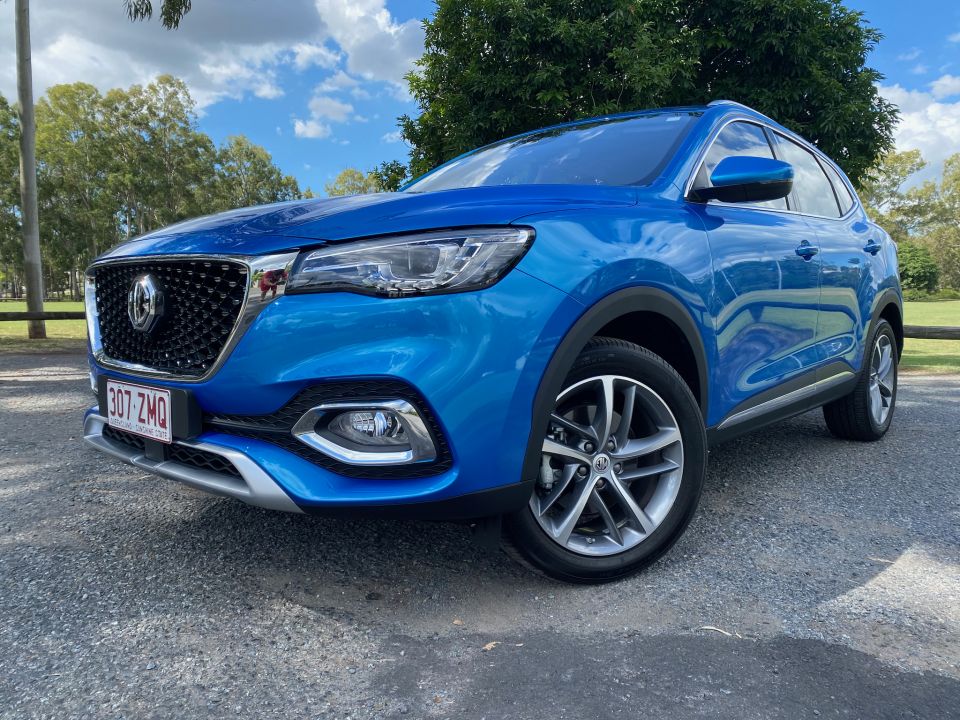
To put it frankly, the Departure Assist system is not very useful. It increases the level of stress and actually causes additional driver input, as we found ourselves continuously reacting to the car’s interruptions.
MG says this system is meant to be used for short-distance urban drives but we aren’t really sure why you would, because there is a significantly better system called lane-keeping assist.
With that system turned on and departure assist turned off, the MG goes from feeling nervous and keen to interrupt, to a modern car that can easily remain in its lane without over-correcting. It feels European in its calibration.
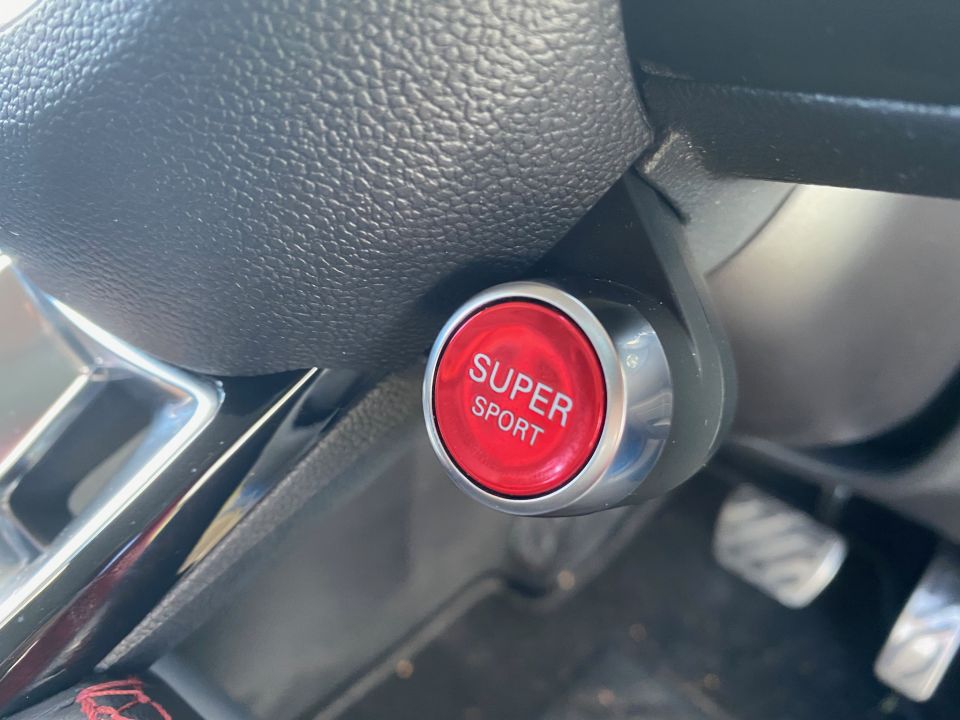
I own an Audi Q2, which also has Bosch hardware for its (optional, not standard) active safety systems. In that small SUV there are no modes for safety settings, no screens to adjust things from behind the wheel.
They just work, and you’d hardly even realise they were on. MG almost has the same behaviour once adjusted to an optimum setting. We just aren’t sure if safety systems should be particularly adjustable.
MG says a team of engineers from the MG headquarters and Bosch in Melbourne test drove the Pilot system for more than 200 hours in early 2019. The MG Pilot system in the HS was then calibrated accordingly, based on the finding from the engineers.
The system works, and it works well, but the adjustment and some of the settings to make that happen are simply unnecessary. It’s also worth pointing out most other cars with similar systems just work… without any qualms.
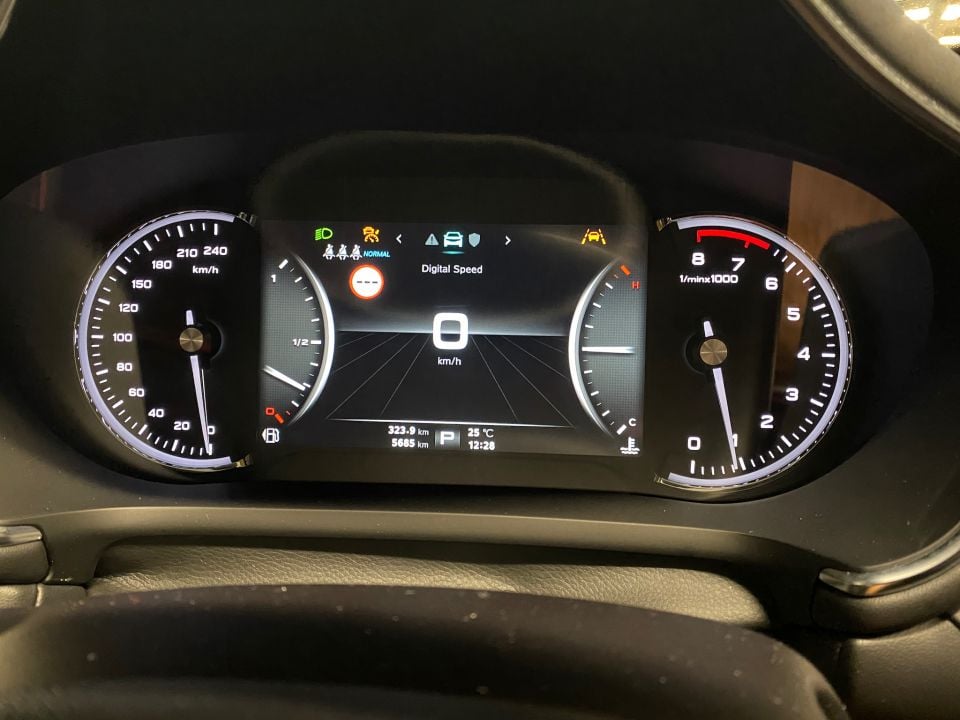
Perhaps the most annoying feature of the MG Pilot is the 60km/h system limit. You have to be doing above 60km/h to enable the system in its full capacity – if you drop below this speed a warning that says “lane keep assist quit” pops up, followed by an annoying chime.
You can alter the settings to make these less frequent, but it’s more stress, warnings, and noise you don’t need.
The issue with the speed limit being set at 60km/h is the system constantly turns on and off in everyday driving. This means you’re constantly seeing the warning light and chime.
This is fine the first 20 times in the day (maybe), but after you’ve heard it for the 50th time on the way to work it starts to drive you a little mad.
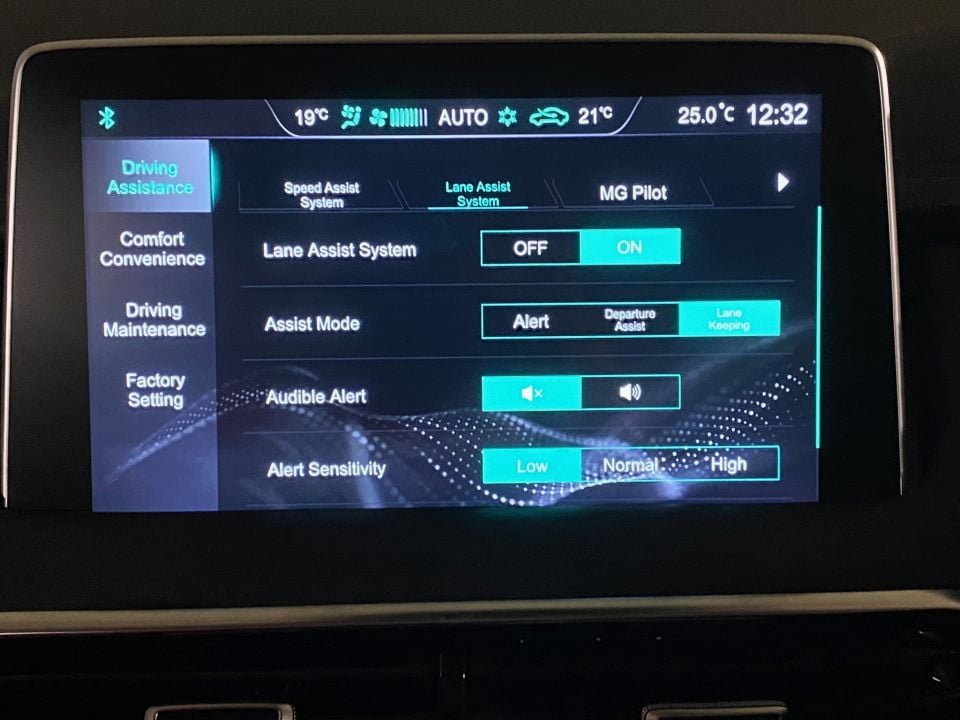
MG says it’s working on making the chime switchable so it can be turned off. It would be essential to make the system less of a chore to use.
Apart from these lane-keeping systems, we found the rear cross-traffic alert to work as expected, warning of cars approaching from the side. We also found the autonomous emergency braking system provided a good, staged process of warnings before applying the brakes. Not something we recommend you test, but it does work.
The MG Pilot system also has the capacity to read speed signs, including digital ones from work sites, and adjust the cruise control accordingly. We tested this and it did a reasonable job in most situations, however it’s fair to say that the speed was adjusted as you went past the speed sign – not leading up to it.
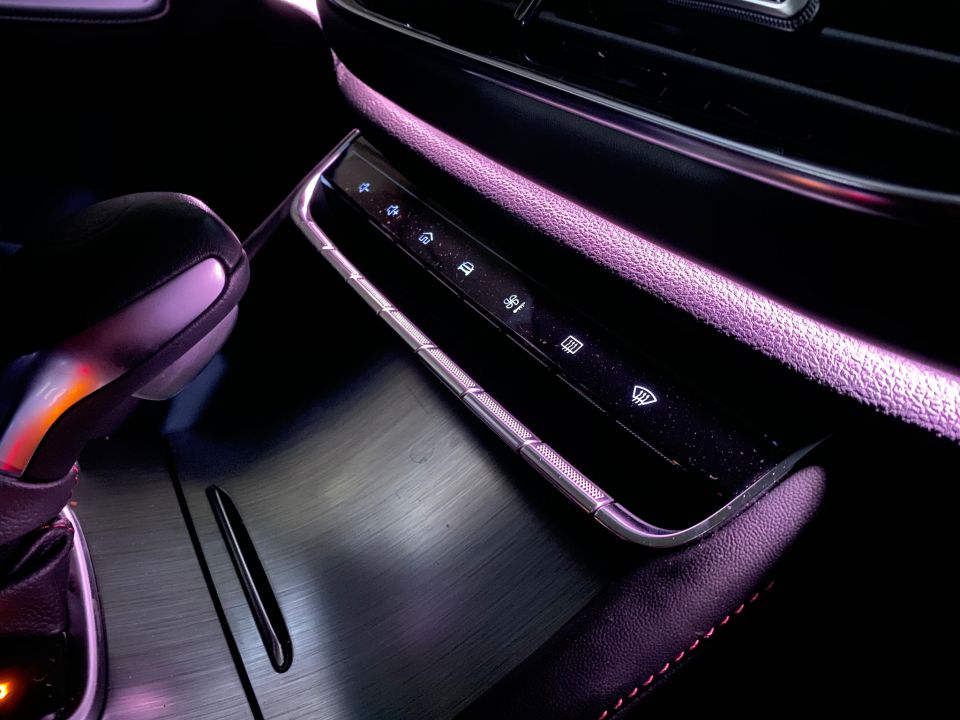
No different to other manufacturers, but as we all know those sneaky speed cameras don’t care for that excuse, which may mean you will get caught out as the speed limits drop coming into a town.
There are some neat features in the Pilot system as well, like a warning that tells you if your wheels are not straight when you turn the car on.
But there are also some frustrating bugs, such as the inability to alter the air-conditioning or any of the safety systems if there’s an active phone call, as it takes over and locks the infotainment screen.
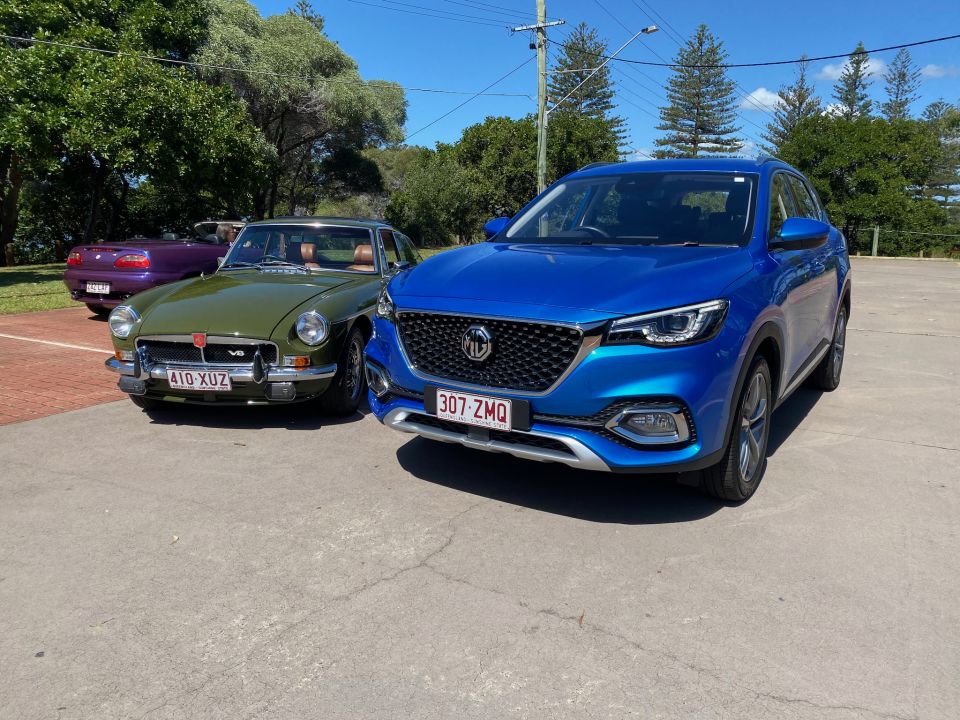
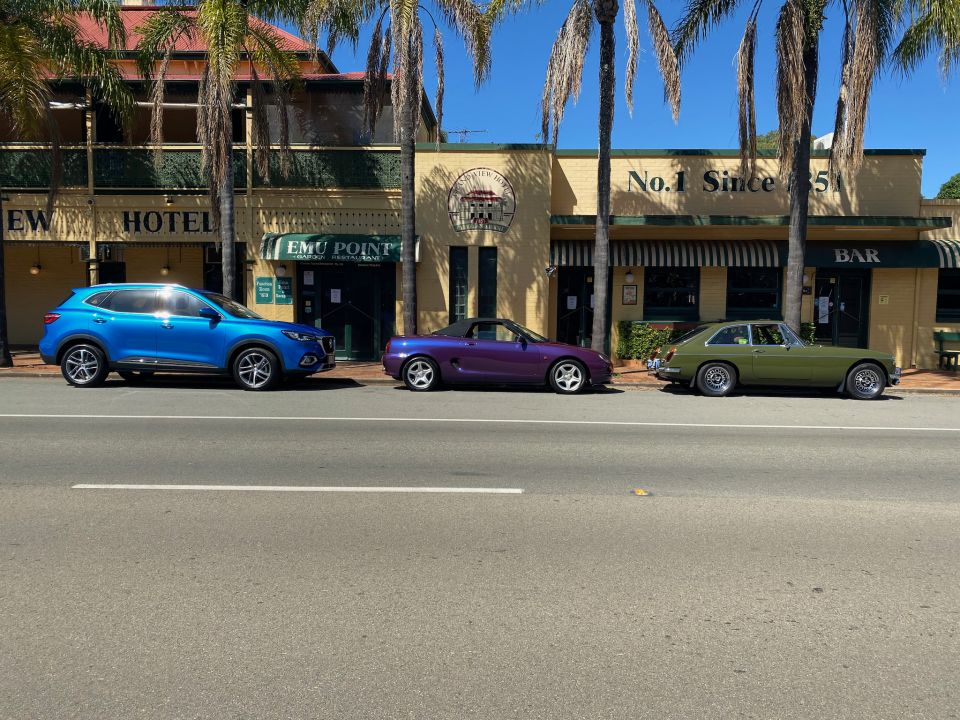
Despite some of its shortcomings, what is evident from testing the MG Pilot system is the potential it has with some minor software tweaks. Ignoring the departure assist system, the rest of MG Pilot is about 90 per cent of the way to what’s on offer from European, Japanese, and Korean manufacturers.
From what we can tell, that last 10 per cent is down to software calibration. With the ability to continuously update the system as it improves, MG Pilot seems to be a safe bet.
It’s standard fit to all HS models and if you don’t like it, you can just turn it off.
Where expert car reviews meet expert car buying – CarExpert gives you trusted advice, personalised service and real savings on your next new car.
Alborz Fallah is a CarExpert co-founder and industry leader shaping digital automotive media with a unique mix of tech and car expertise.


Josh Nevett
20 Hours Ago


James Wong
3 Days Ago
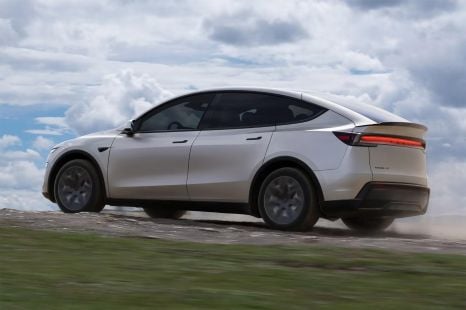

Derek Fung
3 Days Ago
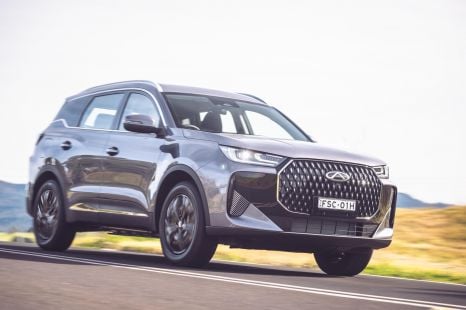

CarExpert.com.au
6 Days Ago
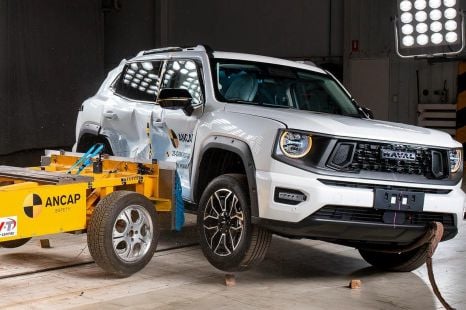

James Wong
6 Days Ago
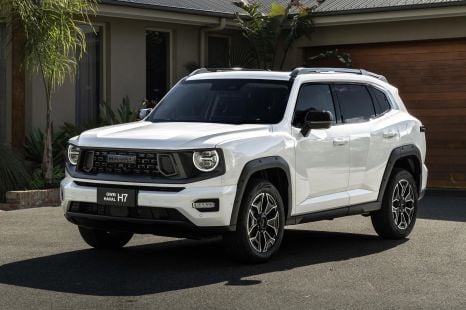

William Stopford
6 Days Ago